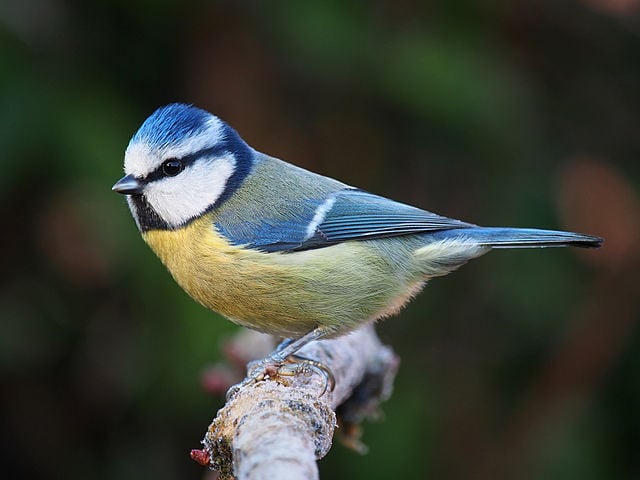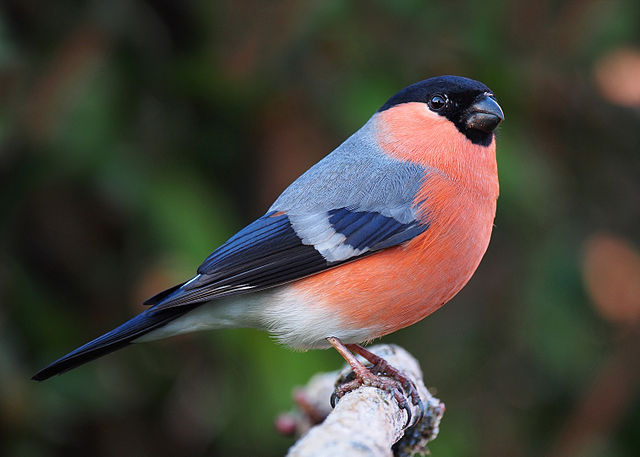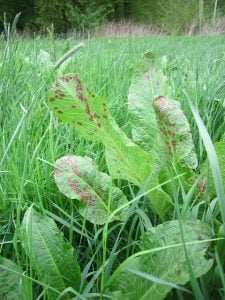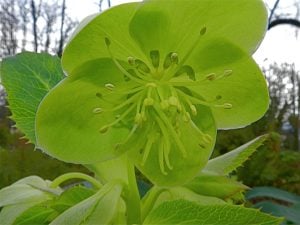Take part in Big Garden Birdwatch, the world’s biggest wildlife survey!
Gardeners are natural citizen scientists
Birds are sensitive to environmental changes and so they are a good gauge of the health of your local ecosystem. That’s part of the thinking behind the Big Garden Birdwatch which takes place this year on Saturday 28th, Sunday 29th and Monday 30th January 2017.
The Big Garden Birdwatch is the world’s biggest wildlife survey and gardeners are ideally placed to take part. For a great garden, we have to pay close attention to our plants – where and how they like to grow, what helps and hinders them. There’s a lot of observation in a successful garden! So we are natural citizen scientists.
What do I have to do to take part in the Big Garden Birdwatch?
Just get comfortable for an hour and see what birds and other wildlife are in your garden. All you need to know about taking part is here.
You can also download a free pack from the RSPB.
You don’t actually have to be a gardener to take part. Last year, well over half a million people all over the UK counted an incredible 8,262,662 birds! Be one of them in 2017.
How can I attract birds to my garden?
It’s pretty straightforward: provide food, water and shelter. The more varied your garden and its plants, the better it is for wildlife. Plants provide birds with a place to hide, to find food and somewhere to build a nest.
Provide food
Natural food sources such as berries, seeds and fruit are important.
Birds like the red berries of Viburnum opulus (guelder rose), cotoneaster, holly, hawthorn, rowan, pyracantha and skimmia in autumn and the black berries of ivy in spring. Seed eaters such as finches like the seeds of sunflowers, honeysuckle, primroses and the globe thistle. Birds like crab and other apples too.

This female European Greenfinch, Chloris chloris, is a seed eater. © Francis C. Franklin / CC-BY-SA-3.0
Lawns provide worms and grubs for many birds, including robins, blackbirds and song thrushes.
You can also grow your own bird food.
Provide water
Birds need a supply of water to drink and to bathe in. Bathing makes feathers easier to preen, keeping them waterproof and insulating.
Shelter your bird bath or water feature from predators. Keep it clean and fresh, and make sure it doesn't freeze over in winter. If you have room for a pond, choose a sunny site and give it gently sloping sides.
Shelter
Mature ivy and dense trees and shrubs can provide birds with shelter from the cold, and food and a nest site in the spring as well. Remember not to prune hedges between March and July if birds are nesting. You can even provide some nesting material by making a nesting ball of pet hair, moss, scraps of wool, feathers and grasses.
How do birds help in the garden and help gardeners?
Birds eat slugs, snails and aphids. Blue tits love to eat greenfly and other insects, for example. Birds help to control weeds by eating weed seeds.

Eurasian blue tit, Cyanistes caeruleus, keeping an eye open for insects in Lancashire, UK. © Francis C. Franklin / CC-BY-SA-3.0
Birdwatching is a very relaxing pastime. It’s easy to let stress and strain drift away as you watch them and enjoy their songs and calls.
There’s lots to learn more about birds if you're interested – their plumage which changes with the seasons, their courtship, nesting and migration. Children can become fascinated by birdwatching, an easy entry into wildlife appreciation and enjoyment.
Play your own small part in wildlife conservation by creating a garden that welcomes birds and other wildlife. The variety of life on earth – or biodiversity – is extraordinary and, as gardeners, we can make a big contribution to maintaining it. Yes, it’s true. We can’t save the white rhino or the snow leopard just by gardening, but we can and do create a range of welcoming habitats which will attract birds and other wildlife to visit or live in your garden.
Get comfortable for an hour and you can be a citizen scientist this weekend!
Sign up for our emails below, so we can send you blogs on gardening tips, as well as updates on our sales, so you don’t miss out on those garden furniture bargains!








